From circa 1900, a global network of private companies and multi-national trusts traded in weapons and patents and sold weapons to pretty much anyone who would buy them. Many armaments firms merged and the market became dominated by a few large companies. In Britain, the major firms were Vickers, Armstrong, Coventry Ordnance Works, John Brown, Hadfield’s Ltd, Cammell-Laird and William Beardmore. Brothers in Arms co-operated within an armaments ring to extract better prices from the War Office and Admiralty. The armaments race from 1910 (earlier for the navy) ramped up profits and dividends for shareholders, including some prominent politicians. British shareholders profited from British deaths during the war.
In the first global conflict since the Industrial revolution, mechanised weapons led to devastating casualties. Attempts were made to ban Chemical Warfare as early as 1899, but gas killed 25,000 on the Western front alone. Munition workers at home, mainly women, risked TNT poisoning in factories like Quedgeley Ammunition.
In 1918, the majority of workers were cast aside, despite efforts in Queensferry, North Wales and London to ensure alternative work was provided. Predictably, women were the first to join the dole queue. In the years following the Armistice, the government ran down the state sector and bailed out the private sector. BAE systems – the UK’s largest arms firm today – absorbed Vickers-Armstrong and other inter-war companies. Another feature of the post-war period was Birmingham Small Arms Company Peddling Surplus Guns throughout the world’s conflict zones.
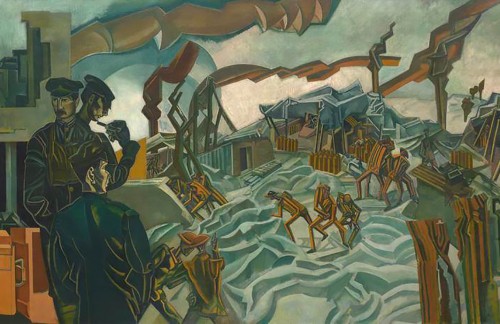
Shells bought by the British government included a hefty royalty payment to Germany's chief armaments firm. It soon proved embarrassing.

Guns made by Birmingham Small Arms Company (BSAC) cut across ideological lines.
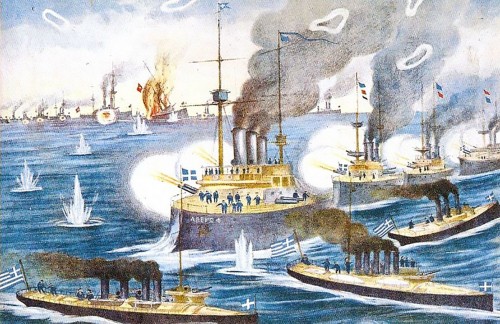
Following the Young Turk revolution of 1908, the Ottoman Empire determined to replenish its crumbling navy with the aid of gold coins, jewels and necklaces donated by citizens.
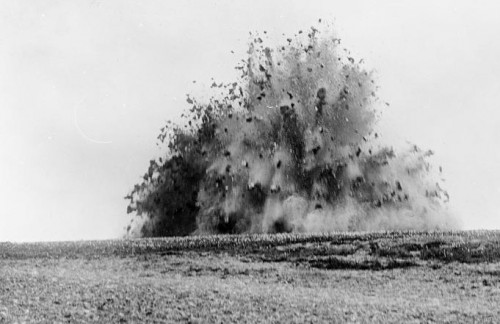
‘England is a jewel worth the rest of the world. A dynamite company there would have the entire Empire as its market.’ These are the words of the man who ended up giving his name to the Peace Prize.
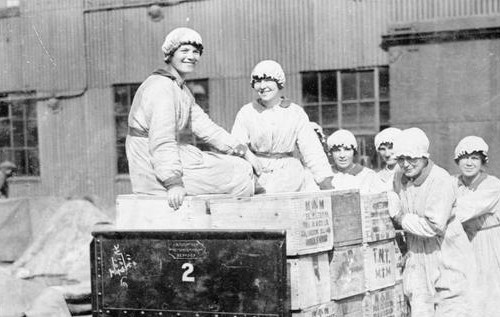
The massive, government owned production facilities created during the war to make arms, presented an opportunity to create jobs and housing once the war was over.
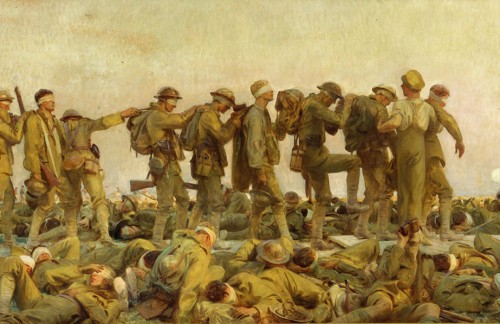
The Great War was the first conflict in which chemical weapons were used on a large scale. 124,208 tons of gas was used in attempts to break the stalemate of trench warfare. Gas claimed half a million casualties (25,000 of these fatal) on the Western front and an unknown number i...

Huge numbers worked at the Royal Arsenal in Woolwich during the war; 63,940 were employed just before the Armistice, of which 24,360 or 38 percent were women. Unsurprisingly, after the war the workers at the Arsenal wanted to save their jobs, and a “Peace Arsenal” campaign ca...

In 1921, a League of Nations Commission on the private manufacture of arms concluded that before the First World War arms firms fermented war scares in order to sell more arms. In addition, arms firms organised international armament rings to keep prices high by playing countries...

Following the shell crisis of June 1915 local Munitions Committees were organised throughout the country in a drive to increase weapons output. The filling factory at Quedgeley was part of this network.